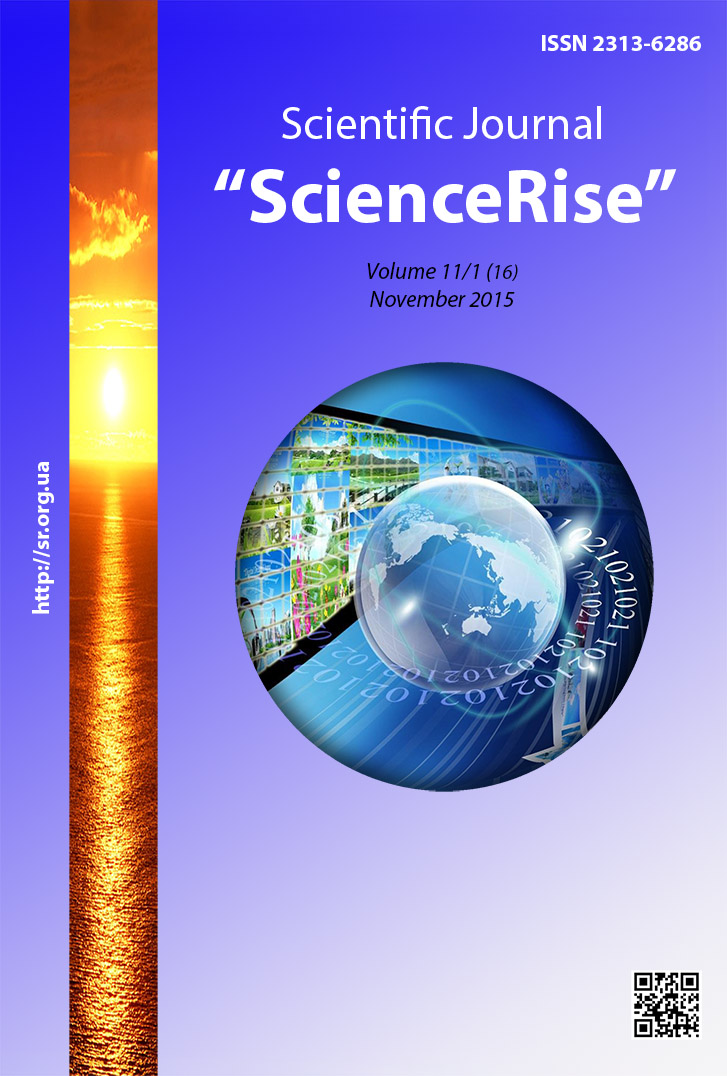Calculation of economic evaluation of advanced merchadizing assessment methods for tomato vegetables
DOI:
https://doi.org/10.15587/2313-8416.2015.53121Keywords:
economic efficiency, economic activity, processing enterprise, methods of quality assessmentAbstract
Economic expediency of using the developed methods of quality control of fresh vegetables and their products during the merchandizing assessment is calculated. It is proved that the new methods have lower cost compared with the method-analogue. The economic effect of their implementation is achieved by eliminating the need to involve sophisticated equipment and highly qualified specialists
References
Golubev, A. (2003). Theoretical foundations of effective agricultural production, AIC: economy, management, 12, 23–31.
Borshch, V. I. (2012). Analytical tools for assessing the effectiveness of enterprise management systems in the innovation economy. Proceedings of Odessa Polytechnic University, 2 (39), 318–325.
Voronin, O. (2007). Method for determination of summary measure of economic efficiency of production. Economist, 4 (246), 57–62.
Goncharov, V. M. (2007). Efficiency measures in the context of a market economy in Ukraine: problems and improving concept. Economist, 8 (250), 10–13.
Pidlisetskiy, G., Tovstopyat, V. (2008). Economic problems of technical provision of agriculture, Ukrainian economy, 11, 81–87.
Biloshkurskyi, M. V. (2010). The methodology for evaluating the effectiveness of economic activity in crisis management companies. Uman, 180.
Gutorova, I. V. (2010). Competition as an economic category and its features in the agricultural sector. Bulletin ZSTU, a series of "Economics", 3 (53), 46–50.
Burlaka, O. P. (2011). Theoretical foundations of competitiveness of the agricultural enterprise. Technological audit and production reserves, 2 (2), 24–27.
Downloads
Published
Issue
Section
License
Copyright (c) 2015 Дмитро Миколайович Одарченко, Світлана Олександрівна Скібіна, Володимир Іванович Михайлик, Євгенія Борисівна Соколова

This work is licensed under a Creative Commons Attribution 4.0 International License.
Our journal abides by the Creative Commons CC BY copyright rights and permissions for open access journals.
Authors, who are published in this journal, agree to the following conditions:
1. The authors reserve the right to authorship of the work and pass the first publication right of this work to the journal under the terms of a Creative Commons CC BY, which allows others to freely distribute the published research with the obligatory reference to the authors of the original work and the first publication of the work in this journal.
2. The authors have the right to conclude separate supplement agreements that relate to non-exclusive work distribution in the form in which it has been published by the journal (for example, to upload the work to the online storage of the journal or publish it as part of a monograph), provided that the reference to the first publication of the work in this journal is included.

